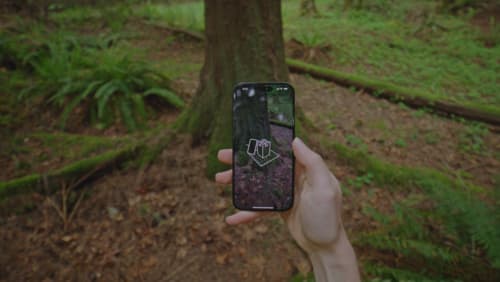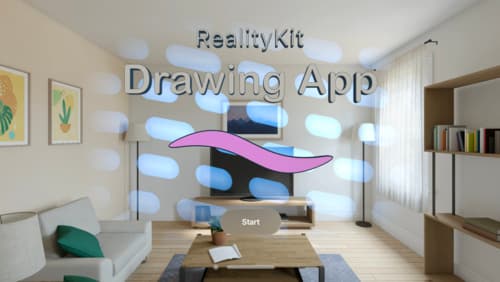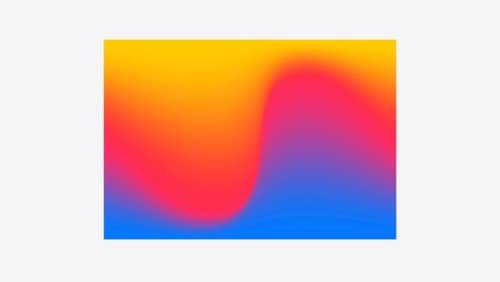Tell me about mesh gradients
Asked on 2024-07-31
1 search
Mesh gradients are a feature introduced in SwiftUI that allow you to create complex and visually appealing color effects. Here's a summary of how they work and how you can use them:
-
Definition and Creation:
- A mesh gradient is created using the new
mesh gradientview in SwiftUI. - You define the rows and columns of your grid using width and height parameters. For example, a 3x3 grid can be used.
- Points in the grid are defined using
simd2float values, which take a value from 0 to 1 on the x and y axes. - Each point in the grid has a color associated with it, and SwiftUI interpolates between these colors to create a smooth color fill.
- A mesh gradient is created using the new
-
Customization:
- You can move the x and y coordinates of the center point to change the position of the colors.
- By tweaking parameters such as the position of control points, grid size, and color palette, you can create a wide range of visual effects.
- Mesh gradients can be used decoratively or to match a surface with imagery. They can also signal changes through animations.
-
Practical Use:
- Mesh gradients are useful for adding color effects to your app.
- They can be purely decorative or functional, such as indicating changes in the app through animations.
For more detailed information, you can refer to the session Create custom visual effects with SwiftUI at the 08:15 mark.
Relevant Sessions
These sessions provide insights into creating and using mesh gradients, as well as other advanced visual effects and geometry processing techniques.

Discover area mode for Object Capture
Discover how area mode for Object Capture enables new 3D capture possibilities on iOS by extending the functionality of Object Capture to support capture and reconstruction of an area. Learn how to optimize the quality of iOS captures using the new macOS sample app for reconstruction, and find out how to view the final results with Quick Look on Apple Vision Pro, iPhone, iPad or Mac. Learn about improvements to 3D reconstruction, including a new API that allows you to create your own custom image processing pipelines.

Build a spatial drawing app with RealityKit
Harness the power of RealityKit through the process of building a spatial drawing app. As you create an eye-catching spatial experience that integrates RealityKit with ARKit and SwiftUI, you’ll explore how resources work in RealityKit and how to use features like low-level mesh and texture APIs to achieve fast updates of the users’ brush strokes.

Create custom visual effects with SwiftUI
Discover how to create stunning visual effects in SwiftUI. Learn to build unique scroll effects, rich color treatments, and custom transitions. We’ll also explore advanced graphic effects using Metal shaders and custom text rendering.
